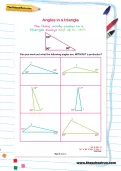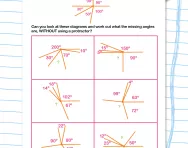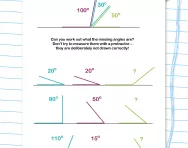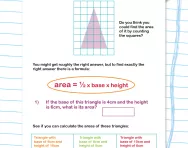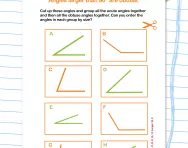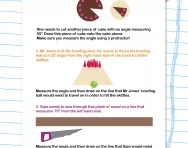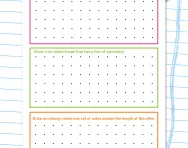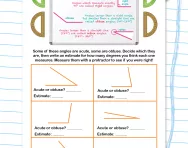Important update from TheSchoolRun
For the past 13 years, TheSchoolRun has been run by a small team of mums working from home, dedicated to providing quality educational resources to primary school parents. Unfortunately, rising supplier costs and falling revenue have made it impossible for us to continue operating, and we’ve had to make the difficult decision to close. The good news: We’ve arranged for another educational provider to take over many of our resources. These will be hosted on a new portal, where the content will be updated and expanded to support your child’s learning.
What this means for subscribers:
- Your subscription is still active, and for now, you can keep using the website as normal — just log in with your usual details to access all our articles and resources*.
- In a few months, all resources will move to the new portal. You’ll continue to have access there until your subscription ends. We’ll send you full details nearer the time.
- As a thank you for your support, we’ll also be sending you 16 primary school eBooks (worth £108.84) to download and keep.
A few changes to be aware of:
- The Learning Journey weekly email has ended, but your child’s plan will still be updated on your dashboard each Monday. Just log in to see the recommended worksheets.
- The 11+ weekly emails have now ended. We sent you all the remaining emails in the series at the end of March — please check your inbox (and spam folder) if you haven’t seen them. You can also follow the full programme here: 11+ Learning Journey.
If you have any questions, please contact us at [email protected]. Thank you for being part of our journey it’s been a privilege to support your family’s learning.
*If you need to reset your password, it will still work as usual. Please check your spam folder if the reset email doesn’t appear in your inbox.
Angles in a triangle
The three inside angles in a triangle always add up to 180 degrees. Can you work out what the following angles are, WITHOUT a protractor?
How do you calculate angles in a triangle?
Calculating angles in a triangle can seem tricky at first, but it’s actually quite simple once you understand the basic rules!
- A triangle is a shape with three sides and three angles.
- The most important thing to remember is that the three angles inside any triangle always add up to 180 degrees. This is a key fact that will help in calculating any missing angles.
- If you know two angles in a triangle, you can easily find the third one.
- For example, let’s say your child knows two angles: 50 degrees and 60 degrees.
- You can find the missing angle by subtracting the sum of these two angles from 180 degrees.
What are the different types of triangles in Year 6 maths?
- Equilateral triangle: All three angles are the same, and each one is 60 degrees (since 180 degrees divided by 3 is 60).
- Isosceles triangle: Two angles are the same, and you can find the third angle using the same subtraction method.
- Scalene triangle: All three angles are different, but they still add up to 180 degrees.
How will this KS2 worksheet help your child at home?
This simple but effective KS2 activity was designed by an experienced primary school teacher and will help your child understand how to calculate the missing angle in a triangle. They are encouraged to have a go themselves and answers are provided.
For more help with Shape and Space, check out our hub page, or try a new challenge such as our Finding unknown angles in quadrilaterals worksheet.
